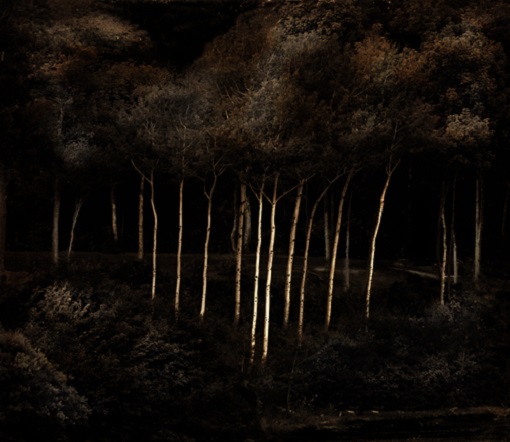
Back Bay formality
Statue of Leif Erikson on the Commonwealth Avenue esplanade. The sculpture, by Anne Whitney, went up in 1887 and was the first sculpture of the Norse explorer erected in the Americas.
“The statue of Leif Erikson was wearing a necktie that day when I started to walk down Commonwealth Avenue from Kenmore Square to the Boston Public Garden. The statue’s tie was a foulard, frayed and stained.’’
— From the short story “The President of the Argentine,’’ by John Cheever (1912-1982)
Not yet nursing homes
“Another historical peculiarity of the place was the fact that its {New England town's} large mansions, those relics of another time, had not been reconstructed to serve as nursing homes for that vast population of comatose and the dying who were kept alive, unconscionably, through trailblazing medical invention.”
John Cheever, from Oh What a Paradise It Seems
While Cheever lived much of his life in New York City and Westchester County, N.Y., just to the north of it, he remained almost obsessed by where he had grown up on Greater Boston's South Shore.
Still, rejoice
It was a splendid summer morning and it seemed as if nothing could go wrong.
-- John Cheever
Of course, plenty went wrong in the life of the great short-story writer and novelist Cheever, who grew up on Boston's South Shore. But he almost always found reasons for hope and redemption. The last line of his novel Falconer is "Rejoice''.
Lovely, dark and deep
 "Birches,'' by RUSSELL DUPONT, in his show "A Sense of Place: Photographs by Russell duPont,'' at the James Library and Center for the Arts, Norwell, Mass., Sept. 5-Sept. 30.
"Birches,'' by RUSSELL DUPONT, in his show "A Sense of Place: Photographs by Russell duPont,'' at the James Library and Center for the Arts, Norwell, Mass., Sept. 5-Sept. 30.
Norwell is a Boston suburb, a community with a strong sense of being on a river (the marshy North River) and the burial site of John Cheever, who, although he spent most of his life in New York City and Westchester County, wrote hauntingly about the South Shore towns where he grew up and whose physical beauty he cited.
I'd guess that many people readers remember this closing of Robert Frost poem "Birches'':
's
Yankee magazine: More than B&B ads
The current issue of Yankee magazine is pretty damn good. particularly "The Throwbacks,'' about James and Sara Ackermann, a young couple working (about 18 hours a day) a Vermont dairy and maple-syrup farm. Yankee still manages in most issues to combine touristy, ad--revenue-gathering stuff and how-to material with rigorous reportage and very thoughtful ruminations about the region.
The article about the Ackermanns is about an old-fashioned work ethic (involving mind and body) squared, in a beautiful if demanding countryside.
The issue also has a silly but entertaining quote from the writer John Cheever, who grew up on the South Shore of Boston but spent most of his life in the New York City area:
"All literary men are Red Sox fans -- to be a Yankee fan in a literate society is to endanger your life.''

